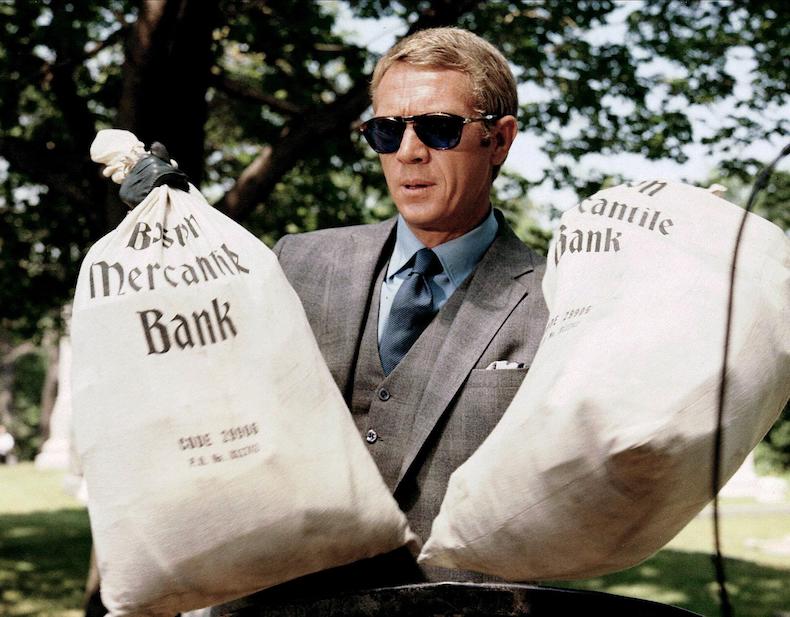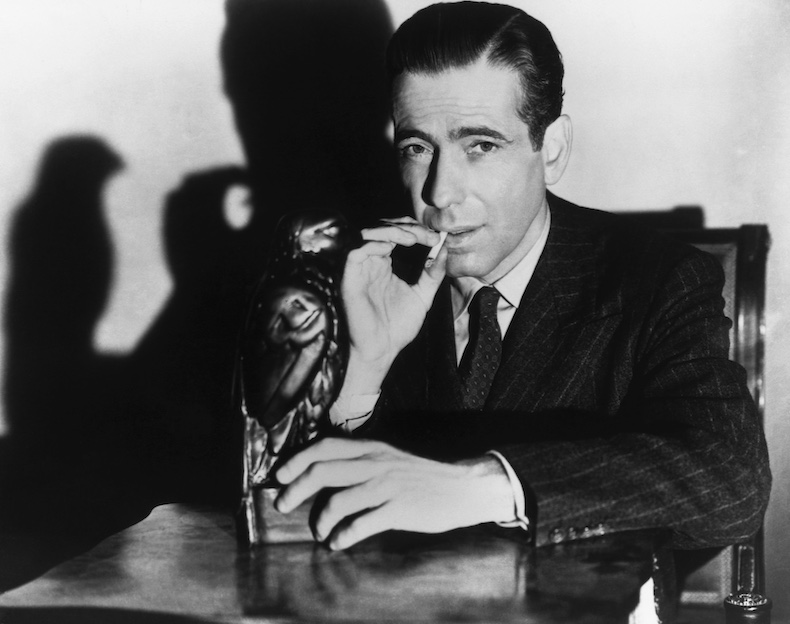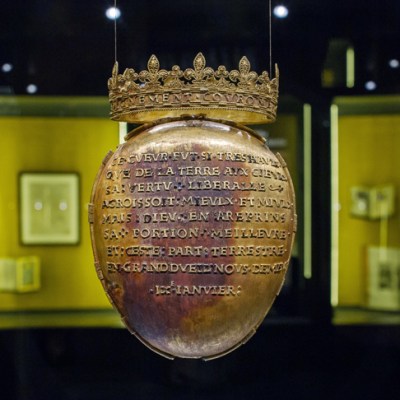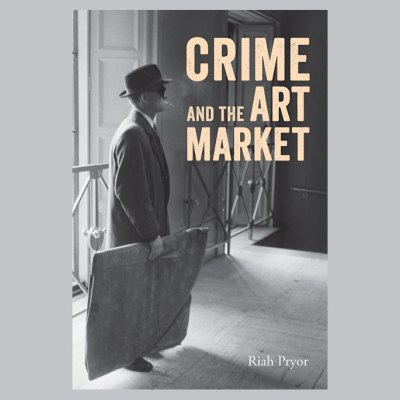Beautiful paintings, grand museum settings, wealthy and well-dressed people: the glamour of the art world lends itself perfectly to that most glamourising of movie genres: the heist film. Let’s not get bogged down here by reality or queasy morality – for example the fact that, because of their status as unique and often easily identifiable objects, looted artworks are notoriously difficult to trade on the black market, and often end up damaged or destroyed. This is a fate that, fingers crossed, will not befall the priceless jewels that were stolen from the Louvre on Sunday morning.
Given that heists are on everyone’s mind this week, the film director Kelly Reichardt could hardly have chosen a better moment for the official UK release of her art-heist caper The Mastermind. Inspired by the theft at the Worcester Art Museum in 1972, The Mastermind, which stars Josh O’Connor and Alana Haim, depicts a bungled heist at a fictional museum that also happens to be in Massachusetts – though the stolen works are not the Gauguins, Picassos and Rembrandts that were taken in 1972, but four paintings by the American abstract painter Arthur Dove.
As you book your tickets and we all wait patiently for the gendarmes to track down the Louvre’s missing bounty, here’s Apollo’s pick of some of the greatest heist films to hold your attention:
Entrapment (1999), dir. John Amiel
Sean Connery teaches Catherine Zeta Jones how to steal an ancient mask. Little does he know she’s an insurance investigator.
How to Steal a Million (1966), dir. William Wyler
Audrey Hepburn tries to steal back a fake Cellini sculpted by her father and persuades Peter O’Toole to help. Little does she know he’s an insurance investigator.
The Thomas Crown Affair (1968), dir. Norman Jewison
Steve McQueen plays the bored self-made millionaire and Faye Dunaway plays the insurance investigator out to get him. It’s not an art heist but it did provide the source material for John McTiernan’s divisive remake of 1999, which stars a theft of a Monet from the Met. We also just like how they play cat and mouse – and chess. The cars are thrilling; the sexual tension slightly less so.

Hudson Hawk (1991), dir. Michael Lehmann
It begins with Leonardo at work in Renaissance Italy (we find out why the Mona Lisa has an enigmatic smile). Skip forward to Bruce Willis’s cat burglar being released from Sing Sing only to be made to steal Leonardos to order by Richard E. Grant and Sandra Bernhard.
St Trinian’s (2007), dir. Oliver Parker, Barnaby Thompson
Boarding school hijinks escalate – can Gemma Arterton and her gang pull off the theft of a Vermeer from the National Gallery?
The Maltese Falcon (1941), dir. John Huston
It’s already been stolen. But who has it? (In 2013, one of the two prop statuettes from the film sold at Bonhams for $4m, making it one of the most expensive pieces of movie memorabilia in history.)

The Score (2001), dir. Frank Oz
Marlon Brando makes Robert de Niro’s world-weary safecracker pull off one last heist. The target is a sceptre intercepted by Canadian customs agents, but luckily the crooks have a man on the inside in Montreal.
Topkapi (1964), dir. Jules Dassin
Melina Mercouri hires a gang to steal a sultan’s dagger in the Topkapi Museum. Long before he would play Hercule Poirot, Peter Ustinov takes a turn as small-time crook.
Trance (2013), dir. Danny Boyle
Art auctioneer James McAvoy can’t remember where he’s put a stolen Goya.
This article was first published on 30 August 2019 and updated on 23 October 2025.


